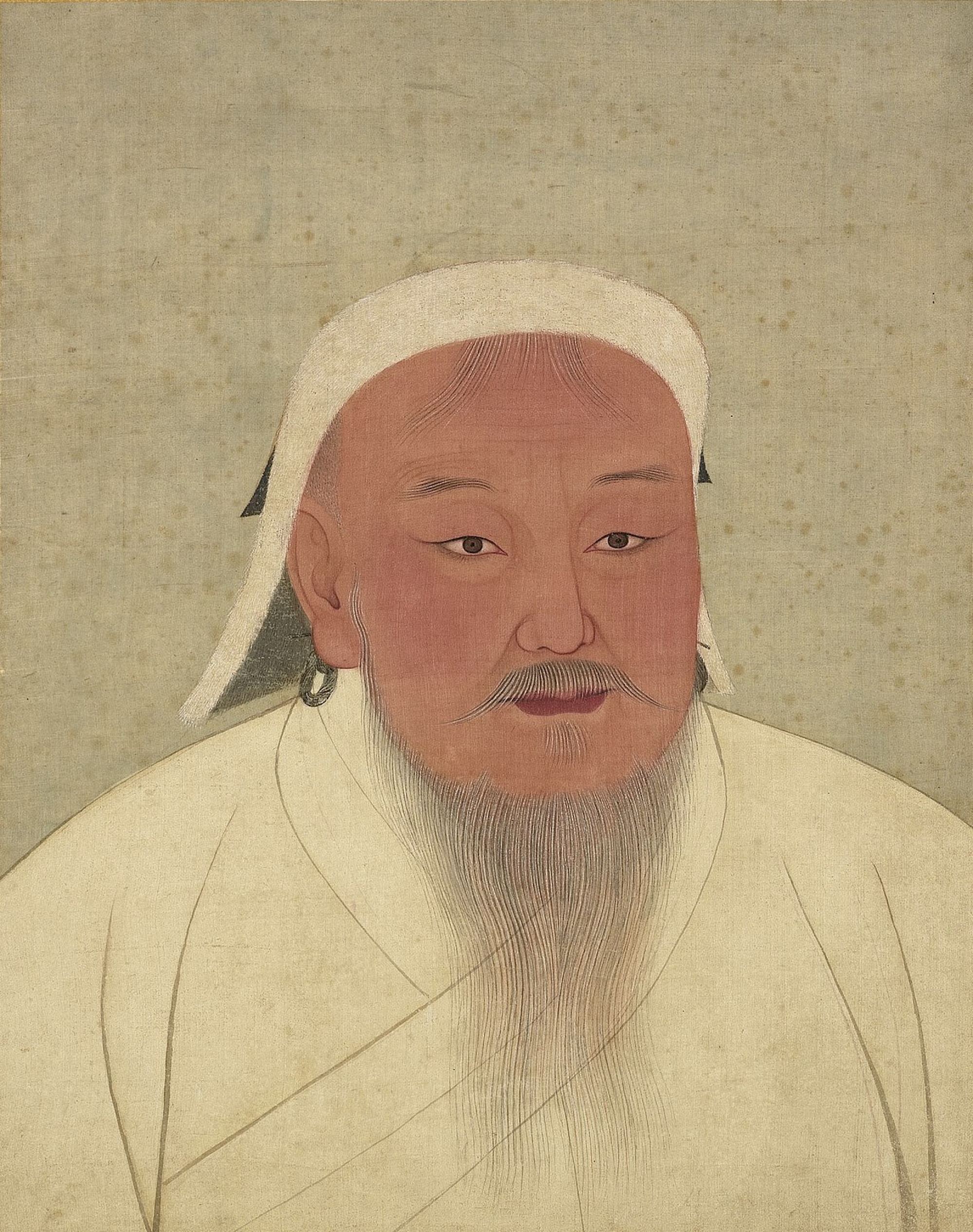
How two tribes’ mutual loathing in East Asia centuries ago bears on the Israel-Gaza war
- 900 years ago in East Asia, the Jurchen and Mongol tribes were bitter enemies. When war inevitably came, one side’s leaders were wiped out, but at great cost
- As with the ‘blood feud’ between Israelis and Palestinians, frequent short clashes had presaged wider conflict. Finding a way to de-escalate is the hard part
It was a Wednesday afternoon in Central Synagogue, on Lexington Avenue in New York. Four Jewish American ladies, two Israelis living in New Jersey, an exchange student from India, and us, a couple of tourists from Southeast Asia, were taken around the resplendent temple, a designated National Historic Landmark.
Our eloquent guide interspersed her descriptions of the synagogue’s history and architecture with fascinating stories. In one of her anecdotes, a nearby mosque had been destroyed by fire. Its congregants had nowhere to go.
Central Synagogue quickly opened up its activity centre to the affected Muslims, offering them a space to worship and pray until they could find a permanent place.

It was a beautiful story of human kindness in spite of religion.
Like an ancient blood feud with both enemies nursing their own suffering and mythologies, the Israel-Palestine conflict is so inextricable, with so many lives lost on both sides over the years, that any attempt at ascribing original blame is quite impossible, and no longer serves any practical purpose.
The debatable origin story of China’s ethnic majority Han Chinese people
In the 12th and 13th centuries, the Jurchens and Mongols were sworn enemies. The Jurchens, who originated in what is today the northeastern provinces of China, were militarily and culturally dominant, having founded the Jin dynasty in 1115, and went on to control the whole of northern China. The Mongols were the vassals of the Jurchens.
The Mongol tribes coalesced around 1130 under the leadership of Khabul Khan, who frequently clashed with, and then made peace with, his Jurchen overlords.
In 1135 he was invited to the imperial court of the Jin dynasty, where, in a drunken stupor, he pulled the Jurchen emperor’s beard. The Jurchens never forgave Khabul and by extension, the Mongols, for what they perceived to be a grave insult.
Twenty years later, Khabul’s cousin and successor Ambaghai Khan was kidnapped and taken to the Jin capital, where he was nailed to a wooden horse and slowly tortured until he died. The horrific death of their ruler shocked and enraged the Mongols, who swore vengeance on the Jurchens.

While the insult to the ruler of one nation and the subsequent killing of a leader of the other nation may have been the most visible catalyst, other factors had informed the conflict. Both sides were guilty of pillaging, raping and enslaving people living on either side of their borders.
The wealthier and more powerful Jurchens frequently made unreasonable demands for money, materials and manpower from the Mongols, whom they despised as uncivilised animal herders.
The Jurchen-Mongol and Israeli-Palestinian conflicts are of course very different, but the process by which mutual loathing built up over generations in East Asia eight centuries ago is similar to the accumulation of hate in the 75-year conflict in the present-day Middle East.
One side inflicts violence on the other. The other side retaliates with another act of violence. The first side takes revenge, and the bloodletting continues.
It’s a cliché but it has to be said: an eye for an eye will make the whole world blind. Conflicts can be resolved if only people see their enemies for what they really are: human beings just like themselves.

